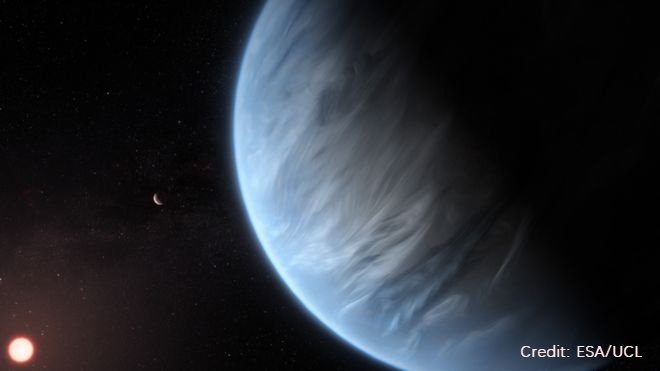For the first time, University College London scientists have found water vapor on a distant planet located outside of our solar system. Computer
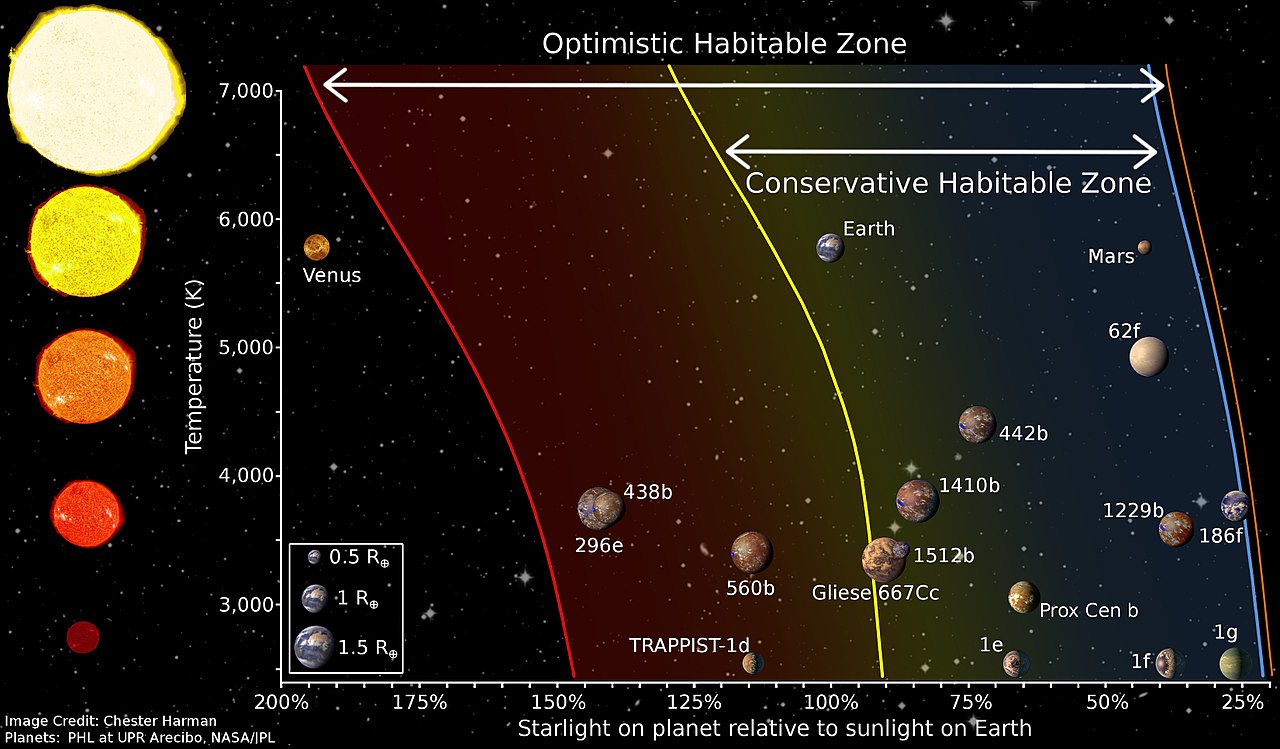
Facts on ‘Goldilocks Zone’
- Just because it is in the Goldilocks Zone of a star, doesn’t mean it’s going to have life or even liquid water
- Venus, Mars or even our moon are also in Sun’s Goldilocks Zone, but aren’t currently habitable.
- Temperature needs to be at the perfect range for liquid water to exist on the surface
- Too close to the star-planet will have ‘runaway greenhouse gas’ effect just like Venus.
- Too far, water will freeze just like on Mars

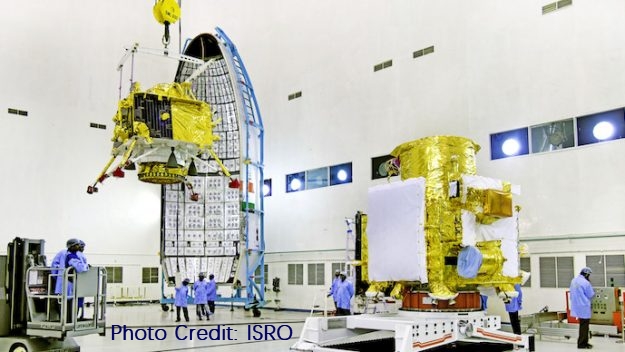
According to the astronomers, due to its proximity with the ‘Sun’ (K2-18), it has shorter years, around 33 days as compared to earth 365 days.
It
European Space Agency’ Ariel Mission’ will follow suit seven years later. The planet was first discovered in 2015 via the NASA’s Kepler spacecraft along with hundreds of similar super-Earth exoplanets. So far around 4’000 exoplanets have been detected by various techniques.
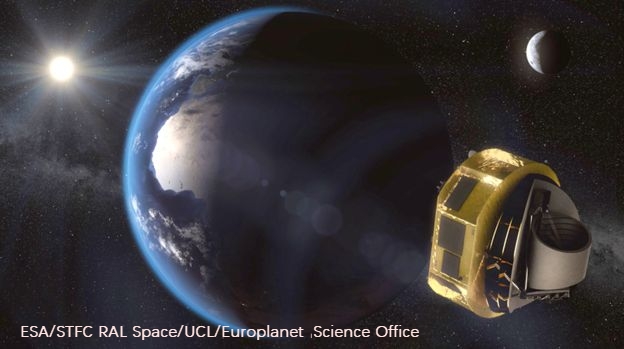
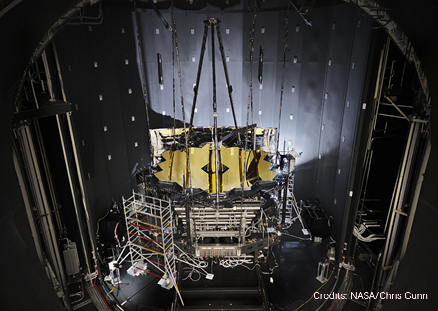
At 111 light-years away, it is currently beyond our technological reach in sending physical probe.
The new telescope will enable scientists to investigate more details on its atmosphere, especially specific gasses that could only be produced by living organisms.
We may finally found the answer to the question “Are we alone in the universe?”.
Details of the finding were published in the scientific journal Nature Astronomy. The research was funded by the European Research Council and the UK Science and Technology Facilities Council, which is part of the UK Research and Innovation agency (UKRI

